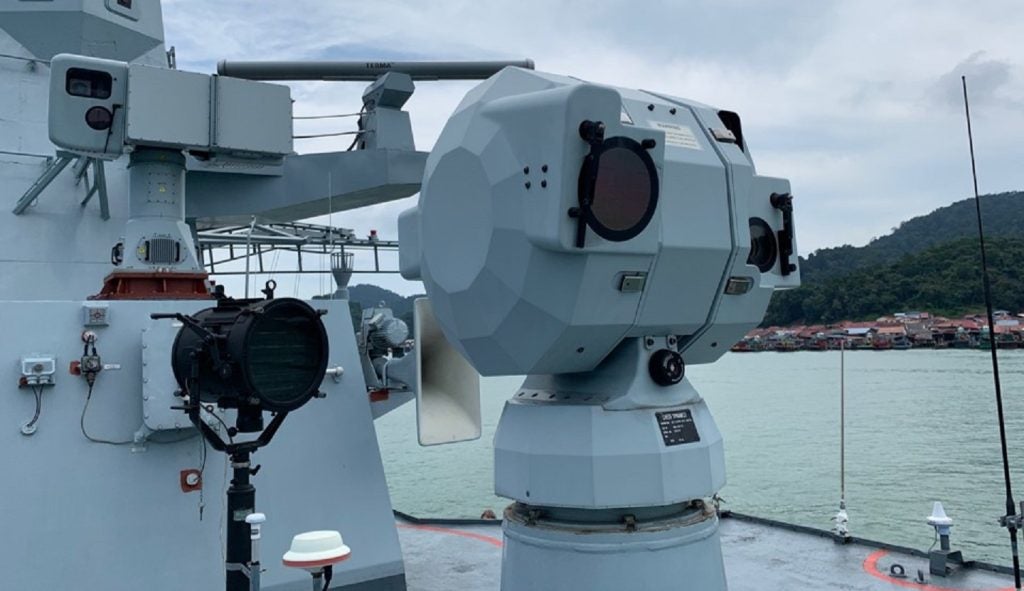
In a brief sentence pledging to improve productivity, almost hidden within their new 80-page manifesto, the Conservatives have set a new target for the UK to become “the largest defence exporter in Europe by 2030.”
British Prime Minister and leader of the Party, Rishi Sunak, released his plan for the country today, 11 June 2024, in the run-up to the UK general election due to take place on 4 July.
Supplanted by promises made in the weeks before the release of the manifesto – such as their commitment to reaching 2.5% GDP share on defence spending and instituting national service – the Tories have alluded to the critical topic of defence production.
Since the onset of the Russo-Ukrainian war more than two years ago, Europe has been responding to a changed world by restructuing industry back on a war footing and producing weapon systems on a scale not seen since the Cold War.
However, this short, stand-alone pledge to achieve leading figures for exports across the continent by the end of the decade seems vague and uncertain.
European defence export figures
A leading intelligence consultancy, GlobalData, indicates that the UK’s defence export value is currently worth $11.7bn (£9.18bn).
How well do you really know your competitors?
Access the most comprehensive Company Profiles on the market, powered by GlobalData. Save hours of research. Gain competitive edge.

Thank you!
Your download email will arrive shortly
Not ready to buy yet? Download a free sample
We are confident about the unique quality of our Company Profiles. However, we want you to make the most beneficial decision for your business, so we offer a free sample that you can download by submitting the below form
By GlobalDataIt should be noted that this figure represents what has been built, or has left the country, and is spread out over the period of a contract’s execution.
In 2016, the UK’s defence export value was worth $1.01bn; then $1.76bn; $2.3bn; $1.02bn; $2.07bn; $964m; $1.05bn; and $1.4bn in the following years.

In Europe, the only real competition would come from Germany, whose export value is currently worth $20.1bn, and France, worth $31.8bn.
Germany’s year-on-year exports registered between $1.4bn and $4.2bn, while France’s figure came between $2.2bn and $6.5bn in the same forecast period.
Currently, military fixed-wing aircraft make up 61% of the UK’s defence exports, followed by missile defence at 18% and naval vessels worth 11.1%; Britain may need to diversify is priorities on an industrial level it is to make gains across land and sea systems.
UK Defence continues to struggle with enduring issues
The UK Ministry of Defence have faced enduring difficulties in their 14-year tenure that the manifesto is not quick to address besides its creation of the Integrated Procurement Model, which is deisgned to more efficiently procure defence systems off-the-shelf.
GlobalData Defence Analyst touched on these problems when he explained:
“Any conversation about the overall budget that does not also involve what to do about wasteful procurement and spending, tangible goals for vehicle fleet size numbers, and of course the recruitment and retention issue is not a substantial conversation, sadly.”







